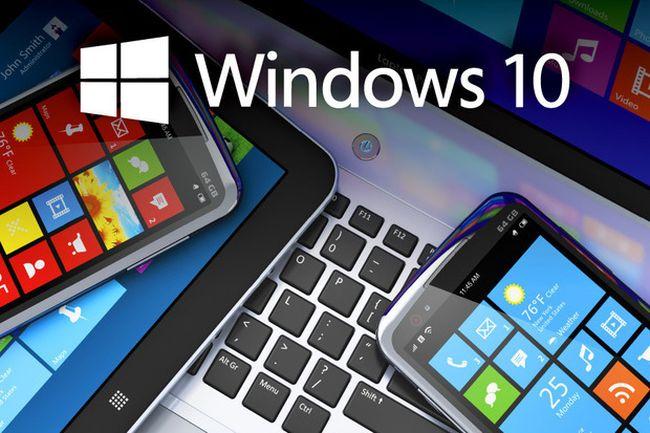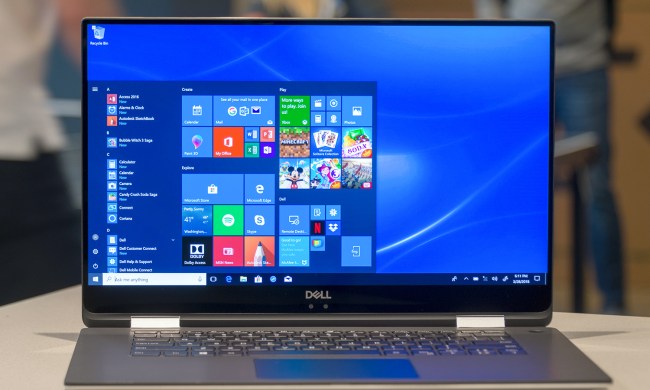
Currently, the Win 10 Technical Preview’s kernel is marked with a 6.4 value. Specifically, 6.4.9879, for the latest update seeded to beta testers. But the next pre-release build will go out with a 10.0 designation.
As such, the kernel number and official brand are to line up for the first time in two decades. In the early days of the desktop OS, developers identified Windows 3’s code as 3.0. But then an erratic marketing strategy and minor update policy messed the zen factor all up, and we got to the point Windows 7 was actually 6.1 for program compatibility purposes.
Confusion grew, and so did the gap between the two digits, when Microsoft rolled out Windows 8, aka 6.2, and 8.1, otherwise known as 6.3. The balance shall be restored before long though, at least from a symbolic point of view.
How will this leap impact those working on desktop application and web compatibility? In Microsoft’s own words, “if you have code that depends on the version number, we advise that you update to allow for the new value.”
In layman’s terms, you’ll simply need to add exceptions for UA string values of Windows NT code 10.0. I’m not sure that qualifies as layman’s terms, but you get the idea.
Meanwhile, day-to-day end users with little to no knowledge in software creation should just take this as another bold statement of Redmond’s Windows 10 goals. Hopefully, they’ll deliver where it actually matters, and maybe listen to feedback to up the functionality and productivity ante. Everything else is mere advertising hype.


